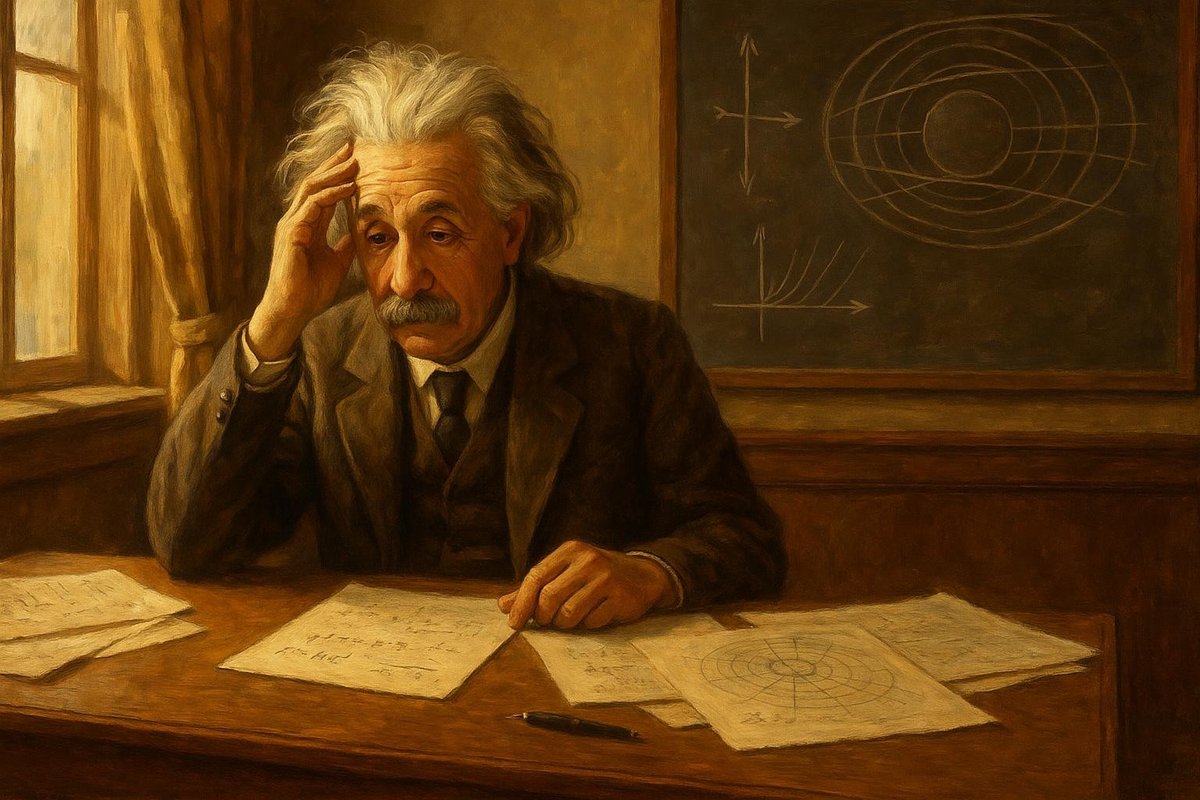
Understanding Time: A New Perspective
What would happen if you could travel alongside a beam of light? This was a question that Albert Einstein imagined while pondering the mysteries of the universe. Interestingly, this simple yet profound thought experiment laid the foundation for his revolutionary Theory of Relativity. Before Einstein, many people believed that time was absolute, ticking away at the same rate for everyone, everywhere.
However, as Einstein delved deeper into his musings, he discovered inconsistencies within existing theories. Sir Isaac Newton had given us a mechanical universe — a cosmic clockwork where time and space were separate entities. But Einstein, with his vivid imagination and relentless curiosity, saw beyond this. He envisioned a universe where the very fabric of time and space could bend and stretch.
- Imagine time as a river: Newton saw it flowing uniformly, whereas Einstein saw it as capable of meandering and speeding up depending on its path.
- Picture riding a train: As it speeds up, time inside the train seems to tick differently compared to the outside world.
It was this shift in perspective that enabled Einstein to understand the universe in a way that had eluded generations of thinkers before him.
From Thought to Theory: The Breakthrough
How did Einstein move from imaginative wonders to groundbreaking theory? It all began in the early 20th century, an era ripe with scientific exploration and discovery. The air was thick with the curiosity of minds eager to unlock cosmic secrets. In 1905, in what is often referred to as his ‘Miracle Year,’ Einstein published several pivotal papers that would forever change physics.
Among these, the Special Theory of Relativity stood out. It proposed that the laws of physics are the same for all non-accelerating observers. It also introduced the concept of space-time — a unified entity where speed affects time. Of course, this was a radical departure from Newtonian physics, but Einstein was undeterred. His relentless pursuit of understanding and his trust in abstract reasoning over rigid formulas guided him.
- Consider the famous equation E=mc²: It embodies the idea that energy and mass are interchangeable, a keystone of relativity.
- Think of space-time as a flexible sheet: Massive objects like planets could warp it, altering the path of anything traveling close by.
Einstein’s theoretical breakthrough was not just a triumph of physics, but a testament to human imagination.
Proof in Practice: Supporting Evidence
A theory, no matter how elegant, must be tested. Einstein’s ideas required tangible proof to gain acceptance. In 1919, a solar eclipse provided the perfect opportunity. As the moon obscured the sun, scientists observed stars appearing in positions that matched Einstein’s predictions, not Newton’s. This was a momentous event, catapulting Einstein to global fame.
These observations confirmed that light bends around massive objects due to the warping of space-time, as Einstein theorized. This was more than just validation of his work; it was a paradigm shift that altered the very architecture of modern physics.
- Imagine a bowling ball on a trampoline: The ball bends the trampoline’s fabric, and marbles placed nearby will roll towards the ball.
- Picture light as these marbles: They follow the curves created by massive celestial bodies.
With each subsequent experiment and observation confirming his ideas, Einstein’s theory became a cornerstone of scientific thought.
The Relativity Legacy: Modern Implications
Einstein’s insights continue to permeate our understanding of the universe, influencing diverse fields from cosmology to technology. GPS systems, for example, rely on the principles of relativity to provide precise location data. Without accounting for the time dilation effects predicted by Einstein, our navigation systems would be inaccurate.
Beyond technology, his theories inspire a sense of wonder about the universe’s vastness and our place within it. As time goes on, researchers delve deeper into the implications of relativity, exploring phenomena such as black holes and gravitational waves — phenomena that seemed like science fiction a century ago.
- Think of a black hole as an extreme space-time funnel: Anything approaching it experiences intense warping of both space and time.
- Imagine gravitational waves as ripples in a cosmic pond: They travel across the universe, carrying information about cataclysmic events.
The enduring impact of Einstein’s work is a reminder of how powerful the human mind can be when it dares to question the apparent and explore the unknown.
Einstein’s intellectual bravery and his ability to see beyond the accepted norms inspire us to continue exploring and questioning the universe around us. His legacy is not just in the equations he left behind but in the spirit of curiosity he instilled.
Fuel Someone Else’s Curiosity
If this exploration of Einstein’s thought experiments and their profound impact on science has sparked something within you, consider sharing this knowledge with others. Discuss these ideas with friends, or introduce a young learner to the wonders of relativity. After all, sharing knowledge is one of the most enriching pursuits, and you never know whose imagination you might ignite. Let’s continue to explore, question, and learn together.

Leave a Reply